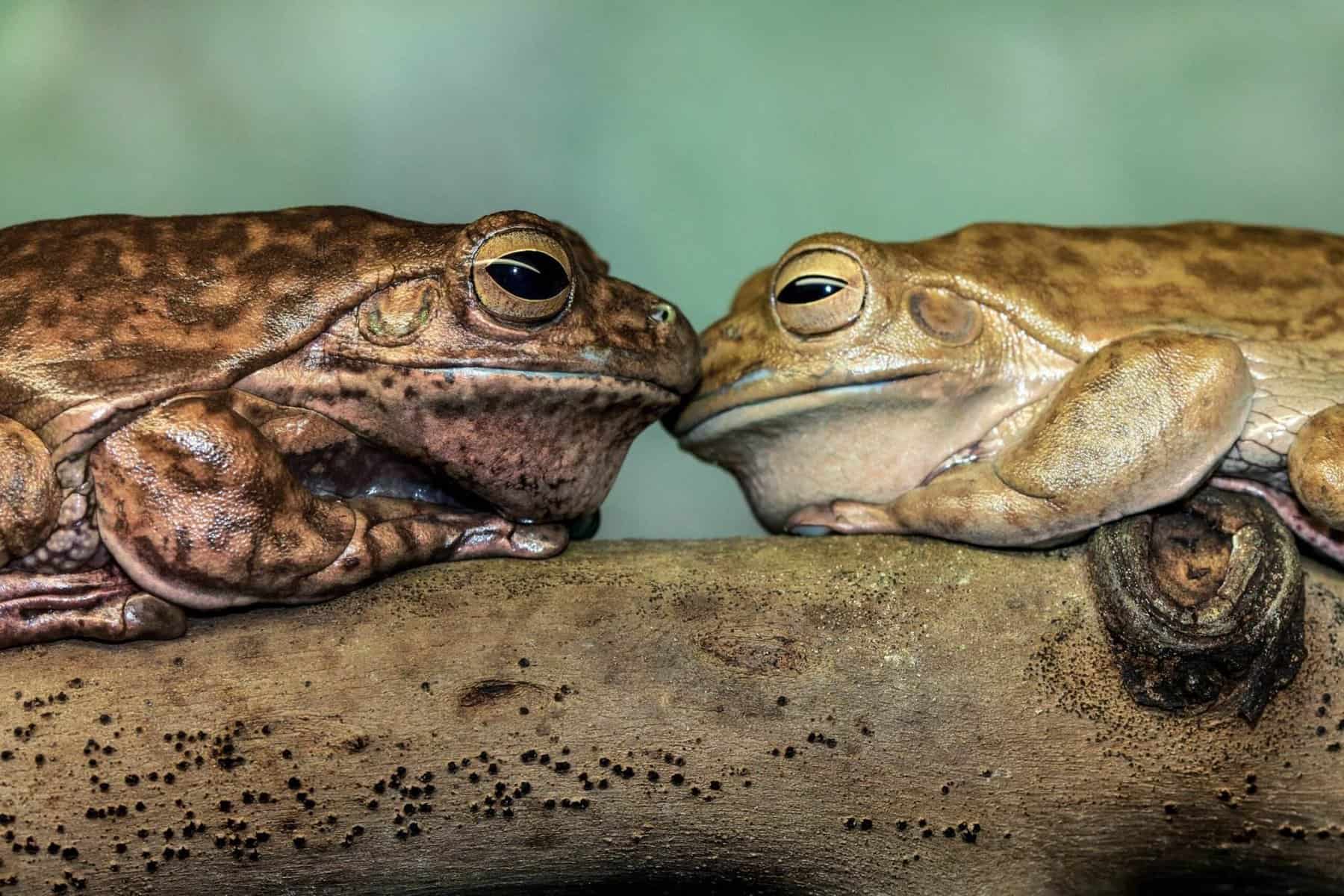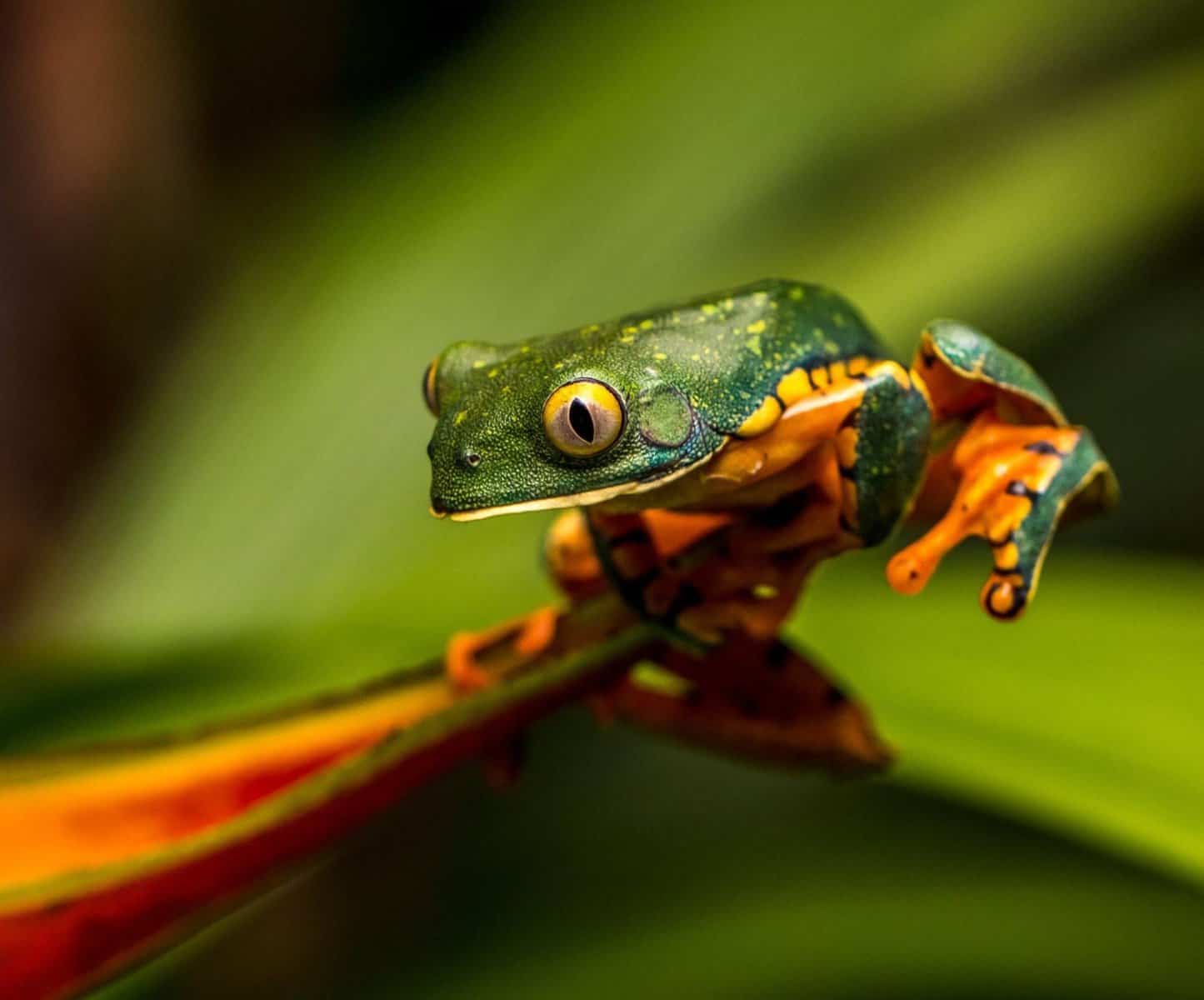Many amphibians can survive in the wild while their human relatives would not. However, humans originate from the amphibian root, and hence we call them our recent ancestors. What if we were an amphibian species? How would our lives change? Let’s explore these situations in this article.
What if humans were amphibians?
Amphibians are tetrapods, which means they’re tetrapod-like amphibians living in the water. There are over 6,000 species of amphibians worldwide, with over 70 percent of them living in the water. They’re the largest vertebrates, making up about 38 percent of all vertebrate species. Their closest living relatives are reptiles and birds, but they’re still a much different group of animals from these groups.
Amphibians have four big “limbs” that look more like fins than traditional reptile or mammalian limbs. They also lack a tail and have breathing tubes in their mouths, which some scientists believe gives them the ability to breathe underwater. For humans to be successful amphibians, they need to be able to shift their bodies from the water to the land and back again quickly. This is why many frogs, toads, and newts can transform their bodies from water to air (frogs, toads, and newts can even do this while they’re sleeping) and back again.

Are we the Evolved Amphibians?
The idea of our modern ancestors having evolved from an amphibian species has been widely discussed. The idea is that our aquatic ancestors, like many other animals, evolved to spend much of their time in the water. As time passed, humans also evolved to spend much of our time on dry land, and we can be considered an almost fully terrestrial species.
This theory has less to do with how humans would have evolved from Amphibia and more with what happened to Amphibia during this time. It’s not that the amphibian species vanished; the species that make up most of the amphibian community got shuffled around and replaced by humans. The Chaco Amphibians, for example, became extinct about 11,000 years ago, long before humans started living in what is now the United States.
What would our lives be like?
Amphibians are ecologically aware and behaviorally sophisticated. Amphibians are not only intelligent but also adaptable. They can swim or float in water, go on land, or in the sea. While man is not the same as an amphibian, there are still aspects of human life that can be used as a model for the lives of these animals.
Differences include:
Our greater intelligence.
The fact that we navigate by looking and using tools.
The fact that we use weapons for hunting and consuming animals.
What kinds of activities do these animals perform in their habitats? Do they participate in water sports? What kinds of diet do they consume? What other adaptations do they have? What would be the impact of these activities on the environment?
What challenges do we face as a result of being amphibians?
Excessive water intake is one of the biggest challenges for amphibians. It can lead to a condition called osmundendyndysis, in which the skin becomes shiny and (fungi) invades the skin. Another big one is predation. You can’t see or hear it, but every amphibian is at risk of being eaten. Every year, a large number of species are lost to extinction. This includes endemic species to specific locations and has minimal distribution.
It’s essential not to forget that we are not the sole animal on Earth with this ability to transform. Other animals can also live in water, but they’re more vulnerable to extinction because they can’t transform.
What would happen if humans developed fins?
There are currently four species of humans: we, the chimpanzees, the orangutans, and the homo sapiens. There is considerable variation among these species regarding body type, size, hair and skin color, etc. The chimpanzee, for example, stands only 1.5 m tall and weighs only 15–20 kg, making it a very light species in comparison to humans.
Most of this difference can be attributed to the fact that chimpanzees are descendants of gorillas, while orangutans result from a relationship between orangutans and humans. There are also numerous subspecies and other forms of human variation, including the dwarf homo sapiens, the cyborg, and the “shoebox” people.
What if Humans Had an Amphibian Diet?
Amphibians are the only animals that can survive Completely on Earth’s Natural Resources. They have no hair, nails, skin, or teeth and rely on gills, skin, and a gut to get them through the day. It means that humans are the only species to have evolved from an animal that only has two legs to one that has four. Our legs are part of our body that evolved from an amphibian’s, and we have it pretty damn good. Amphibians have no hair, nails, skin, or teeth and rely on gills, skin, and a gut to get them through the day.

What if Humans Were Reptiles?
Reptiles are incredibly intelligent; some have been known to pass complex cognitive assessments. A study compared the cognitive skills of various species of reptiles and amphibians and found that, among all living species, none are as intelligent as humans.
The study’s authors concluded that humans are the most intelligent species on the planet. There is some dispute among researchers about how human cognitive abilities compare to those of apes. The one-factor researchers agree on is that humans are more intelligent than either apes or newts. Some researchers also believe that humans are more intelligent than most other animal species.
What If We Were an Invertebrate?
Growing up in the ’80s-’90s, you might have heard the term “worms” and “invertebrates” a lot. While they do have some similarities, insects and worms are pretty different. Invertebrates are animals with no backbone. Examples of invertebrates include insects, spiders, and worms. But we are the animals that have backbones. It would be tough for us to ever imagine without them. Even if this were possible, we would crawl like snakes and insects, and it would not be easy to imagine a life without backbones.

How we could adapt to remain alive in the watery underworld
If fish can evolve fins, then so can humans. And in fact, some species of fish have already developed this ability. Since humans are fish in many ways, it’s not hard to imagine how we could adapt to survive in the watery underworld. First, we would need resistance to cold similar to that of fish. This might seem like an unlikely trait to possess in a human, but perhaps that’s what we are: a unique species with unique adaptations? To maintain a body temperature of around 37 degrees Fahrenheit, humans need to spend most of the time in the water.
But what if we could maintain a higher body temperature? For example, some fish have “thermostats” in their bodies that increase and decrease the surface temperature of the water according to the surrounding conditions. Another significant change would be in how we raised our children. Rather than being forced to be outgoing and friendly, humans could evolve to be introverts who prefer to blend in with their surroundings. This could help us avoid being eaten by other animals.
Why Are Humans Preferring to Be Amphibians?
People are mindful of how important it is to protect and sustain our current ecosystem. Amphibian species play a critical role in the ecosystems they inhabit. They are listed as specially protected species by many countries because they assist in controlling insects and diseases. Amphibians are not only frogs, toads, and salamanders; they are also artistic and musical frogs, caddisflies, and what appear to be women in mating suits.
The biodiversity of these animals is second to none. As we learn more about how these unique and beautiful animals survive in the wild, it becomes apparent that these species can thrive in areas where humans are not present. We can evolve and adapt to become a more ecological and sustainable species. This is especially valuable for species that are threatened with extinction.
What are the advantages of being an amphibian?
As an amphibian, you can “read the soil” and find the most suitable environment for your species. It allows you to thrive where humans cannot, and gives you an advantage over other species. You can thrive where most amphibians cannot, and that’s a huge advantage in and of itself. You can cross rivers, find water sources, and complete other tasks that amphibians cannot do.
No other species can match your agility and speed when it comes to swimming, for example, nor your ability to navigate across rugged terrains and navigate underwater. Whether you are an aquatic or terrestrial species, surviving in environments where others cannot is an incredible advantage.
What if we could go back in time and change our fate as amphibians?
As humans, it’s important to remember that we are not the only species on Earth. Many other species evolved from amphibians, most notably reptiles and birds. What would our world look like if we could go back in time and change our fate as amphibians? For example, could humans have evolved into mammals today? What if we retained our wetland habitat and aquatic ecosystem? What if we’d become land-based and still used our amphibian-like abilities to survive? We wouldn’t be human.
This is a common theme in the ideas that lie at the heart of all of our humanity– Survival of the fittest, speciesism, and eugenics. If we can evolve, then indeed others can, too? It’s in our Nature to be more compassionate, be more wired to care for one another and be more social. We aren’t the only ones with a sense of humor.

Andrés Dallimonti / Unsplash
Might we become extinct as a result?
Amphibian extinction is a possibility, and there are several things that our species can do to reduce the risk of this happening. For example, we can try to protect and preserve forests to reduce the demand for tropical products that might be used to make animal and human flesh. We can also improve our habitat to make our planet more suitable for the existence of the amphibian species.
But extinction is not inevitable, and we can prevent it if we want to. To have a chance of surviving as a species, we have to protect and improve our environments. We have to eat a healthy diet that includes a variety of fruits, vegetables, grains, fish, and other aquatic organisms. We have to move to an urban environment and reduce our carbon footprint.

Drew Brown / Unsplash
Conclusion
Amphibians are a group of reptiles that evolved from the backs of fish. Many species of amphibians can survive when their human relatives would not.
For example, the endangered green frog is native to North America and can thrive in areas where humans do not go. But other species are more vulnerable to extinction because they live in locations where humans are abundant. We’re an amphibious people; 83 percent of Americans age 5 and older name water as one of their favorite places to visit or vacation. And because we inherited this trait from our ancient ancestors, much of what makes us distinct as a species originates from an amphibian root.
The question is, what would happen if humans were an amphibian species? The short answer is that life as an amphibian is possible, but it’s fascinating and enjoyable. The benefits of being an amphibian far outweigh the few risks that come with it. It’s not a risky or kindhearted lifestyle that benefits both humans and the environment. If you like to swim or are afraid of water, consider trying out this fantastic lifestyle.
Last Updated on August 23, 2023 by Sanjana






